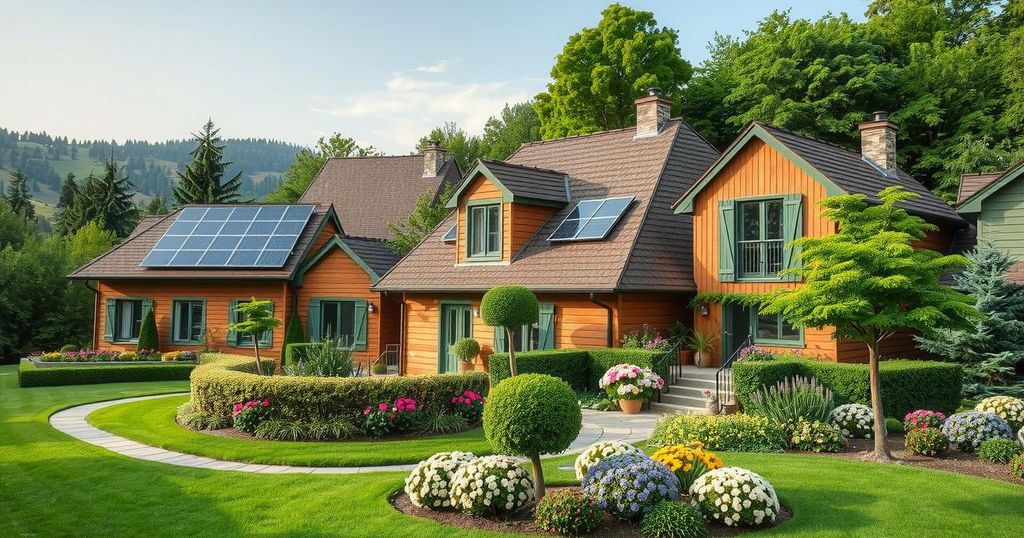Rwanda’s initiative to create ‘model villages’ aims to improve living conditions for vulnerable populations in rural areas, particularly those affected by climate change. An assessment of the Rweru Model Green Village revealed mixed outcomes—while residents gained access to better services and housing, many faced challenges in adapting to new agronomic conditions, leading to food insecurity and economic difficulties.
Following the 1994 genocide, Rwanda’s government initiated efforts to relocate communities into grouped settlements known as “model villages.” These villages aim to support vulnerable populations residing in high-risk areas susceptible to climate change. Approximately 62,000 rural families have been resettled into 14,815 villages, with 253 classified as model villages, some employing sustainable energy solutions like solar power and biofuels.
A study investigated the effects of relocating rural communities from flood-prone zones. Utilizing the Rweru Model Green Village as a case study—an area set up in 2016 to relocate residents from isolated Lake Rweru islands—researchers gathered insights from 64 households. Relocation increased residents’ access to essential services but posed challenges in terms of livelihood adaptation and access to natural resources.
Many residents had previously relied on fishing and farming, experiencing relative isolation devoid of critical services. Although they achieved food security, respondents reported significant drawbacks, such as the absence of healthcare and education, with some stating, “we were cut off from the rest of the world.” Access to medical assistance posed dangerous challenges, especially during emergencies. Many expressed a desire for resettlement long before the government initiative.
Post-resettlement, the majority found improvements in their quality of life with better access to healthcare and housing. Sixty-six percent highlighted their new homes as a primary benefit. However, they also faced challenges such as reduced agricultural productivity due to the new climate conditions, with 55% describing their land as unproductive. Food insecurity emerged as a critical concern, affecting children’s education and overall well-being.
The Rwandan government intends to develop sustainable model villages but must address the economic and agricultural challenges faced by residents to ensure long-term viability. Comparative research is essential to evaluate if these resettlements enhance the quality of life for younger generations.
In conclusion, Rwanda’s model village initiative is a significant government endeavor aimed at improving the living conditions of its rural population, particularly those vulnerable to climate risks. While many have experienced enhanced access to services and infrastructure, challenges related to livelihood sustainability and food insecurity remain. The ongoing evaluation of these model villages will be crucial to ensure they provide lasting benefits to residents and adapt effectively to future environmental changes.
Original Source: www.inkl.com




